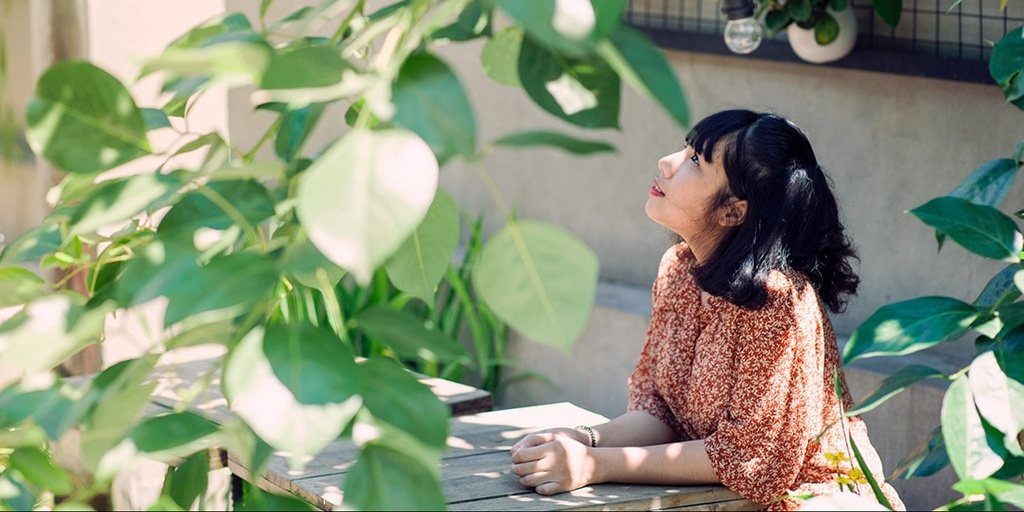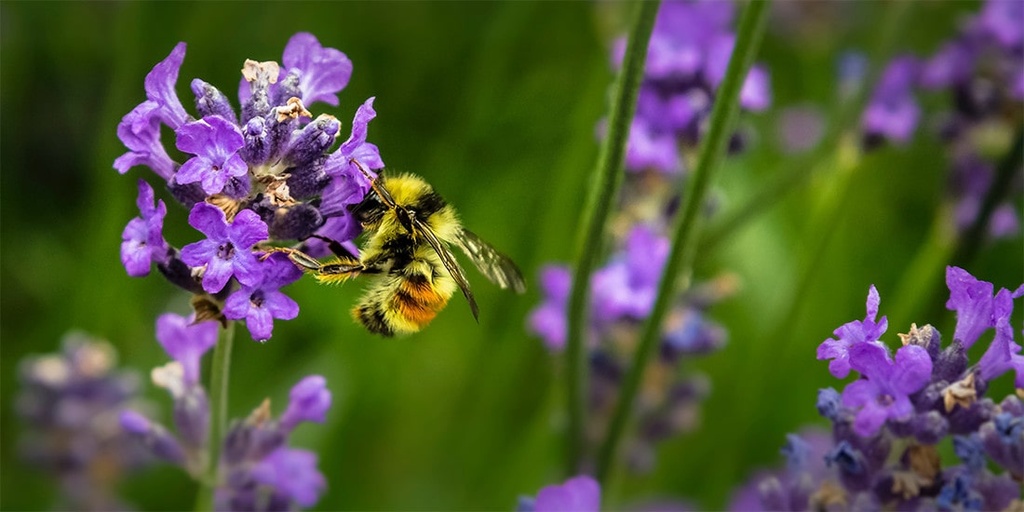Plant trees
- Earth Points
- 30
- Ease
- Medium
Description
Trees. Gorgeous and calming. Providers of homes for birds and a huge array of life. Cleaners of the air and the producers of the oxygen we breathe.
While many people work to save rainforests, we need as many trees as possible around the world to address the climate emergency. Through the process of photosynthesis, plants convert light energy into carbohydrates from CO₂ and water. In the process, oxygen is released and carbon pollution is taken out of the air.
Plus if trees are planted near your home they can help keep your home cooler during hot times and warmer during cold times.
Trees also help with the heat island effect, which happens because closely packed buildings and paved surfaces amplify and trap heat. Trees lower surface and air temperatures by providing shade and through evapotranspiration, which is the movement of water to the air from the tree. That is especially important in an over-heating world.
Large trees can absorb massive amounts of carbon pollution a year, and they live for decades, if not hundreds of years, so it adds up when we collectively plant them together!
Tips
• Plan how to plant your trees — If possible, plant trees strategically to cool your home by as much as 35 percent during warmer months. You can also plant trees that keep their leaves and needles all year to block winds in colder times.
• Have a bare slope that you are worried about running off? Trees are great to help control soil erosion.
• If you do not have a good location to plant, find a local organization that runs tree-planting events. A quick search online should turn up groups and volunteer opportunities. It is a great way to meet some nice people.
What type of tree to plant?
• Native trees are ones that have been thriving in your area for millennia. They are part of the balance of nature that has developed over hundreds or thousands of years for a particular region. Because of this, they are generally easier to grow and maintain.
• To figure out what is native to your area, a quick search online will likely point you in the right direction.
• Why go native? Along with a climate crisis, we are also experiencing a biodiversity crisis. One million animal and plant species are threatened with extinction, many within decades. This is more than ever before in human history. This has implications for economies, livelihoods, food security, health, and our quality of life worldwide. Native trees provide a better habitat for local animals, birds, insects, and many other forms of wildlife. Abundant wildlife is a sign of a healthy planet.
• Planting a food tree you can harvest is a good option as well. Not only does it create a carbon-sequestering tree, but it provides the most local type of food source. They are often great for biodiversity as well.
• If planting a food tree, naturally pick one that is a type of food you like to eat.
Other Considerations
• See if your city or a community organization provides trees for free or low cost. They also often have already determined which trees work best in your area.
• Before the weather gets colder there are often great sales on trees in garden centers. However, the selection will not be as good. These trees are often left to die if no one buys them.
• If you are unsure about where local utility lines are buried, check with your utility company before digging. Typically, this is completely free.
• It is helpful to trim away minor branch defects at the time of planting, but hold off on major pruning for at least a year.
• During the first two weeks, deeply water young trees every day. Then, water a new tree once a week for the first year, unless it rained a good amount during the week.
• If you want to go deeper, connect with your local naturalist society, horticultural society, environmental group, or municipality to get tips on what, when, where, and how to plant. Learning more about the amount of sun, type of soil, and watering requirement (especially when the tree is newly planted) will increase your likelihood of success.
Additional Resources
- https://www.arborday.org/trees/climatechange/summershade.cfm
- https://homeguides.sfgate.com/close-house-can-plant-tree-96222.html
- https://extension2.missouri.edu/g6900
- https://www.npr.org/2019/09/04/755349748/trees-are-key-to-fighting-urban-heat-but-cities-keep-losing-them
- https://www.sciencedirect.com/science/article/abs/pii/S221067071630066X
- https://journals.ametsoc.org/doi/full/10.1175/JAMC-D-11-0228.1


